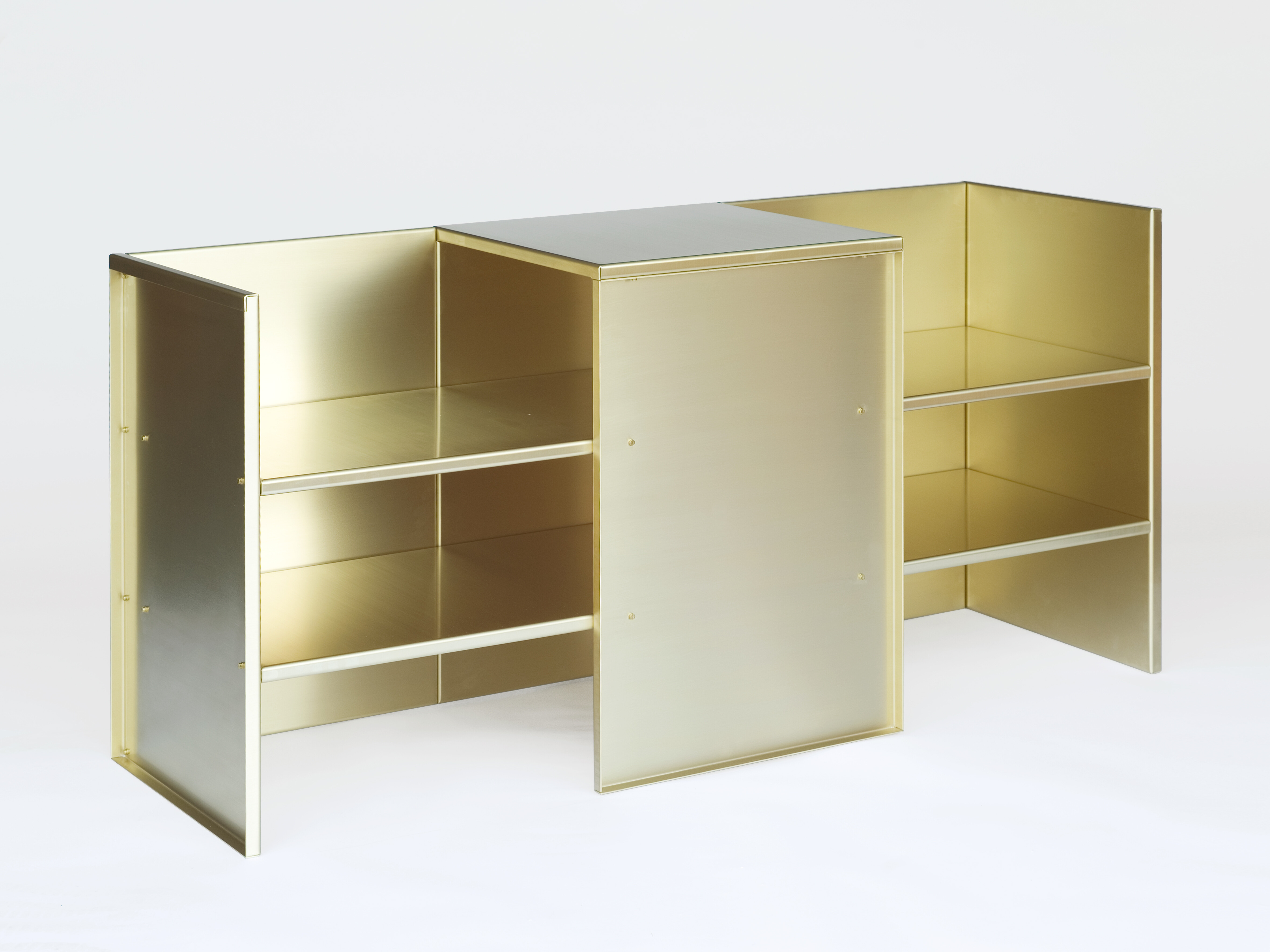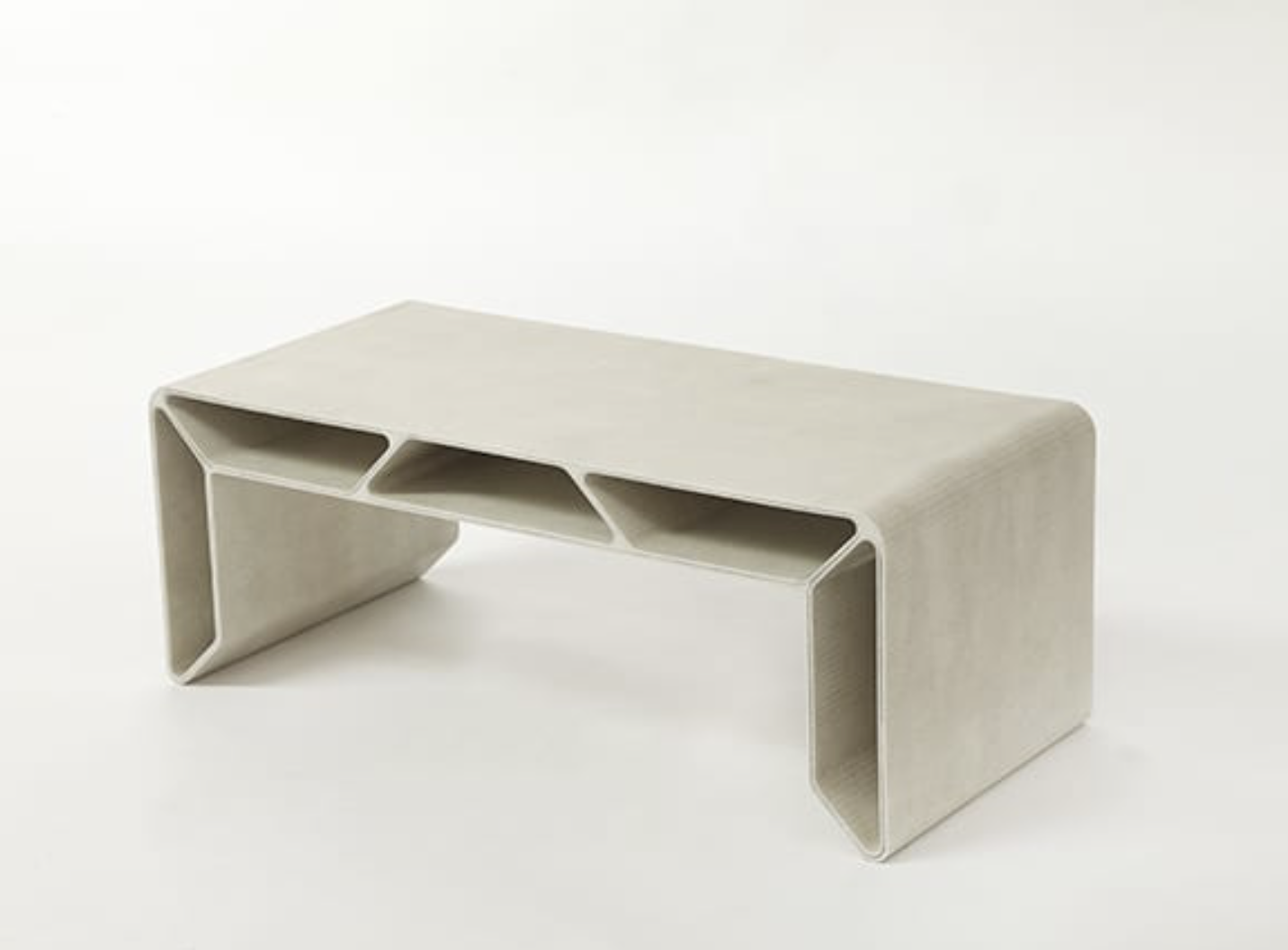Made to Order
The project was only a thought experiment. Moholy-Nagy made a few “Telephone Paintings” in his own studio, as prototypes, and took the idea no further. But a few decades later, Donald Judd made the idea a reality, having his artworks, and later his furniture, custom made by carpenters and metal fabricators. In 1923, the Hungarian artist László Moholy-Nagy envisioned a painting that could be ordered over the telephone. The composition in black, red and yellow, to be executed in enamel on metal, was simple enough to be turned into a set of instructions. In theory, it could be ordered up from a manufacturer at any scale or quantity. As radical in its way as Marcel Duchamp’s Readymades, introduced just a few years earlier, Moholy-Nagy’s so-called “Telephone Painting” introduced a new variable to the art equation. Duchamp’s idea was to take something from the world and nominate it as art; Moholy-Nagy’s was to dislodge authorship from making, transforming the individual creative act into a collaborative, potentially industrial, undertaking. It removed one of the clear distinctions between art and design.
The project was only a thought experiment. Moholy-Nagy made a few “Telephone Paintings” in his own studio, as prototypes, and took the idea no further. But a few decades later, Donald Judd made the idea a reality, having his artworks, and later his furniture, custom made by carpenters and metal fabricators.
The project was only a thought experiment. Moholy-Nagy made a few “Telephone Paintings” in his own studio, as prototypes, and took the idea no further. But a few decades later, Donald Judd made the idea a reality, having his artworks, and later his furniture, custom made by carpenters and metal fabricators.
It’s fascinating to compare these precedents to the work of contemporary designers like François Bauchet and Faye Toogood. For they have pushed in the opposite direction from Moholy-Nagy – dislodging design from mass production, thereby asserting greater authorship – and adopting Judd’s method of working with fabricators. This is how Bauchet realized his collection Cellae (2013). Each work is made in technical felt, perforated with small holes and then soaked in a rigidifying resin. The modular construction of the table adds to the sense that Bauchet has engineered as much as designed it.
Faye Toogood’s Paper Chair was also made to order by skilled artisans, in a particularly demanding medium – cast aluminum. Like the rest of her collection Assemblage 6: Unlearning, it lingers over the moment when the designer originates the form, prior to handing it off. Toogood offers a meditation on the whole trajectory that originated with Moholy-Nagy’s imagined phone call: her double-take of an object folds conception and execution together into a single image, prompting reflection on the complex relationship between these two aspects of making.
DNA is a collaborative essay project, intertwining three gallery programs into a single, generative presentation.





